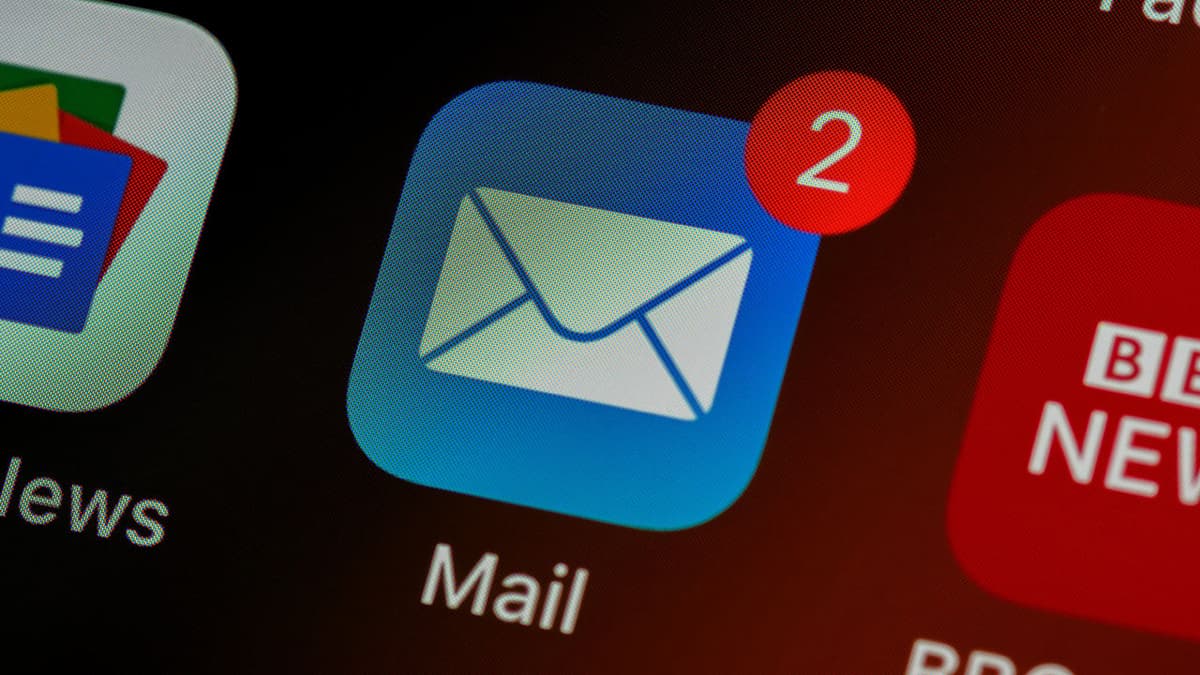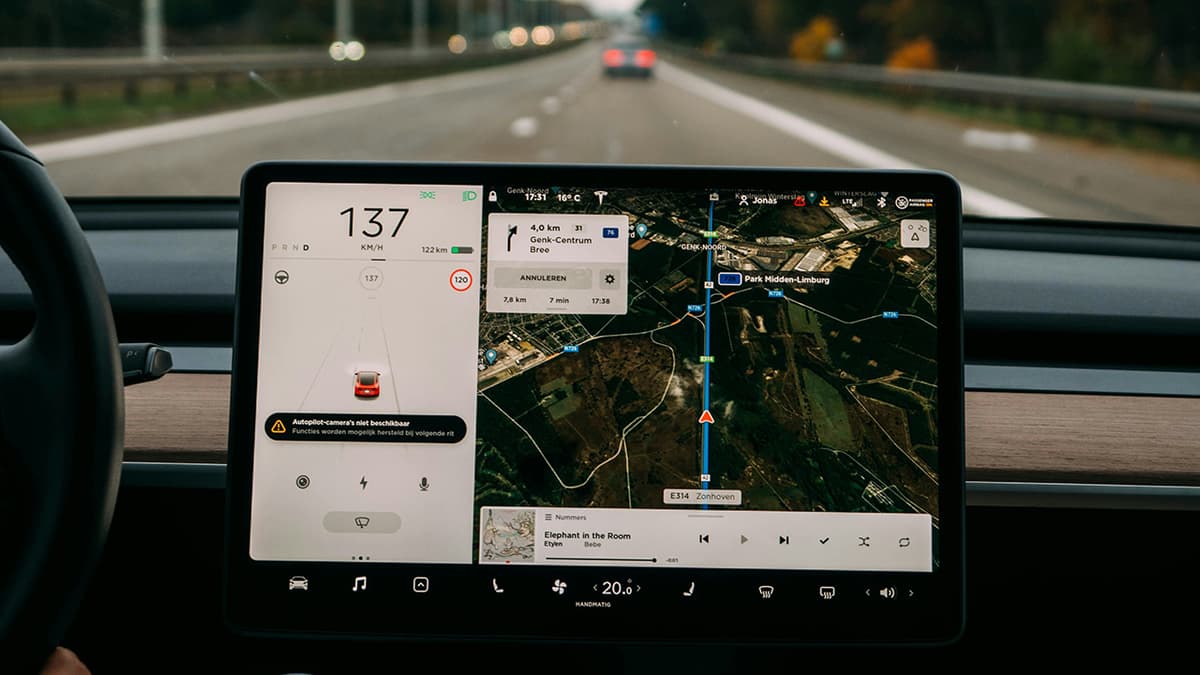Fixing Duplicate Content Issues in Google Search Console
Finding the "Duplicate without user-selected canonical" issue in Google Search Console can be frustrating. What does this mean, and how can you resolve it? Let's simplify the problem and offer clear solutions.
Google organizes web pages so users can find information easily. When multiple copies of the same content appear on different URLs, it creates a duplicate content issue. This confuses Google as it tries to determine which version to display in search results.
"User-selected canonical" refers to the preferred page a website owner chooses from a set of duplicates. By doing this, site owners inform Google about the main page to prioritize.
Without a user-selected canonical, Google must decide which page to show. Let’s discuss how to clarify your content’s status.
Identifying the Issue
To verify the problem, log in to your Google Search Console account and check for coverage issues. If "Duplicate without user-selected canonical" appears, you know there's an issue that needs attention.
Set Up Canonical URLs
To resolve this issue, you can specify the canonical version of the page. Use a code known as a 'canonical tag' in the <head> section of your HTML on the preferred page.
Example:
Html
Replace "http://www.example.com/preferred-url.html" with the URL of your chosen primary page.
301 Redirects
A 301 redirect is useful if your site has changed and the duplicate content is no longer necessary. This informs visitors and search engines that the old URL has a new address.
Example in your .htaccess file:
Apache
Consolidate Content
If several articles or pages are similar, combine them into one comprehensive page. This helps users find all relevant information in one place.
Update Your Sitemaps
Make sure your XML sitemap only includes the URLs you want Google to index. Avoid including URL variations that are non-canonical. A clean sitemap helps search engines crawl your site effectively.
Avoid Unnecessary URL Parameters
URL parameters, such as ?sort=price_asc or ?session_id=123, can lead to duplicate content. Avoid them if possible. If they are essential, ensure you have canonical tags pointing to the version of the page without parameters.
Monitor and Maintain
After fixing these issues, keep monitoring your site. Duplicate content can appear again, especially on dynamic websites. Regularly check Google Search Console and review your content to ensure new issues haven't emerged.
Addressing duplicate content is vital for your site's health and performance in search results. Taking action indicates to Google that you are attentive to your site structure and content, benefiting your SEO efforts.












